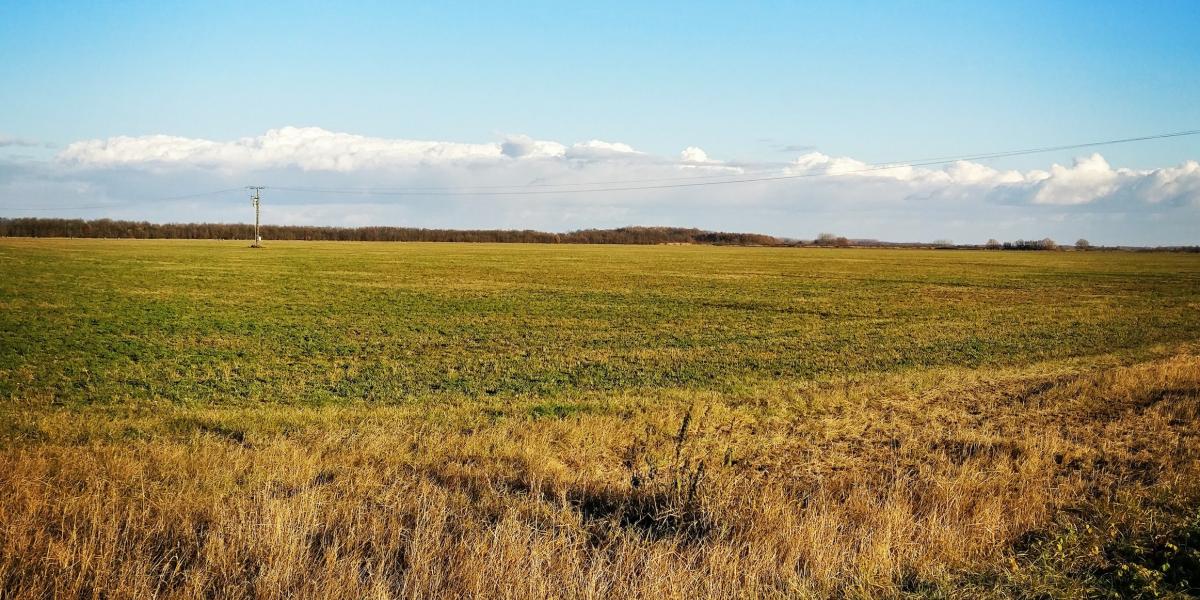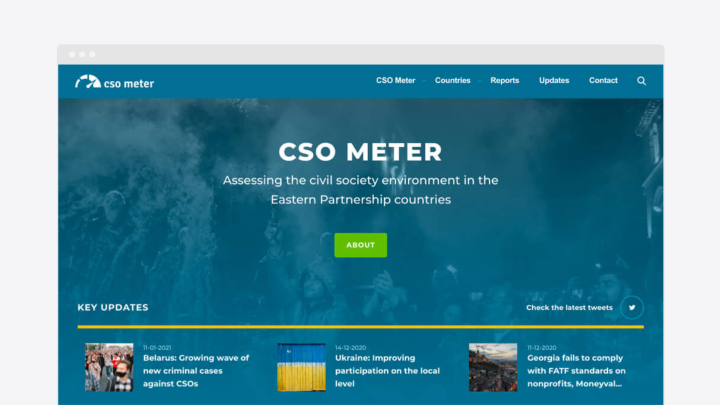
I was about nine years old when I read somewhere that the month I was born was named after Augustus, the first emperor of the Roman Empire. This information, new to me, focused my attention on this period in history. I often tried to understand what Augustus might have done differently from Caesar during my studies. Why was he accepted as sole ruler, and why did the senators assassinate his predecessor?
Romans on the Hortobágy?
When I realized that there were virtually no Roman monuments in the Hortobágy area where I grew up, I was a little disappointed. I was not even comforted by the fact that there were the remains of a Neolithic settlement a few kilometers away or that we were visiting a late Árpád church.
I got very enthusiastic when I found out that there would be a projectroject to map sites, similar to the ARIADNE project. The CLIR Research Centre of the University of Pécs has commissioned us to develop a searchable database of sites in the borderlands of the Roman Empire.
The most exciting aspect of the original idea was that they wanted to show the individual objects on the map in addition to the general site information. "If I zoom in on an area, the two watchtowers and the excavated section of wall should be drawn on the map, as well as the individual rooms of the building."
How can the same element be depicted on the same map in multiple ways? If you look at the whole country, you can see which areas have more or less frequent sites, but if you look at a closer map slice, it should be clear where military and civilian buildings are typically found in a given area.
Technologically, it was also fascinating how we could use Drupal's admin interface but make the interface presented to visitors feel like an application.
When creating the architecture, we went with the headless Drupal concept. The frontend application was built using Vue.js. The client application is fed data via an API using Drupal 8's REST module, and the administration interfaces have not been touched; we continue to use the solutions provided by Drupal 8.
Remnants on the map
Mapping data to a map was a previous task for the Ariadne project. We thought about using a similar solution as in the last case, as the job seemed identical at first. In the end, we concluded that this solution was, in fact, inappropriate to achieve the CLIR objectives. The CLIR project maps were intended to show much fewer sites in much greater detail by orders of magnitude.
While the archaeological database map was sufficient to show the central coordinate with a marker, it was essential to show exactly how a building remains were positioned about another or a landmark. The researchers involved in the project provided the system with drawings of the sites in KML format, which we will convert to GeoJSON format for processing and then use later.
We had several options for the browser map solution: setting up Google Maps, Open Street Map, or even a self hosted map server. In the end, we chose Mapbox because it was relatively easy to implement. It handled the amount of data we wanted to display nicely. It is constantly being improved, and it was straightforward to adapt the display to the design.
Headless Drupal
At the start of the project, we wondered if this project might be worth building using a headless solution. We wanted to keep the Drupal base because we can quickly map complex data structures. However, we also saw that we would have to write a lot of code for the interfaces and client-side functionality we envisioned with the traditional approach. In addition, it would not have been straightforward to integrate these functions into Drupal.
In the end, we decided to keep Drupal's editorial system to put together the administrative interfaces quickly. As a new element, we went into the REST implementation of the system and defined some custom endpoints. In developing the endpoints, we didn't have to worry about how it would look. The goal was to return all the data you might need. This allowed us to achieve a front-end implementation independent of Drupal's technology, giving us more freedom and even more options.
We had experience with Vue.js, so we started from that line when we looked for a base for our frontend application. We built the first version using the promising Quasar Framework. But at some point, we decided that it wasn't going to be suitable for our purposes, so we ported the code we had written up to that point to Nuxt.js. As a result of the switch, the codebase was simplified, the build was faster, and the application was more immediate.
And why did Augustus succeed in consolidating his rule, but Caesar didn't? There is probably no perfect answer. Researchers could certainly list essential aspects. One explanation might be that Augustus recognized the methods he could use to control the problems of his empire under the circumstances and was able to deploy the means that the situation demanded, just as we have sought to conquer the digital limes of empire armed with the technologies best suited to the purpose.
Share with your friends!


